 Judo means "flexible/soft way" in Japanese. This is a type of wrestling that uses throws, grabs, trips, sweeps, painful (leverages of the joints of the arms/legs) and choking techniques to defeat an opponent. Originating in Japan, martial arts quickly gained fans in other countries. Spectacular, vibrant, technically rich martial art is included in the program of the Olympic Games. It provides a good motor base, develops strategic thinking, and strengthens character regardless of whether the athlete becomes a professional.
Judo means "flexible/soft way" in Japanese. This is a type of wrestling that uses throws, grabs, trips, sweeps, painful (leverages of the joints of the arms/legs) and choking techniques to defeat an opponent. Originating in Japan, martial arts quickly gained fans in other countries. Spectacular, vibrant, technically rich martial art is included in the program of the Olympic Games. It provides a good motor base, develops strategic thinking, and strengthens character regardless of whether the athlete becomes a professional.
IMPORTANT! The absence of blows and dangerous traumatic effects makes judo stand out from dozens of contact sports.
Many successful politicians, businessmen, and senior executives practiced in childhood and continue to train in their chosen discipline.
Its effectiveness is such that In the Land of the Rising Sun, judo has been introduced into the compulsory school curriculum. For troubled teenagers from disadvantaged families all over the world, this is a chance to get to the top and get a start in life.
There are no trifles in judo, even the belt matters. Let's figure out what the color of the belt means, what belts are used in judo, what kind of belt a beginner can get. We will also tell you about the order in which belts change.
Why do judokas have different colored belts?
To motivate beginners, a color scheme was introduced for the belts, reflecting the level of development of the wrestler and his learning progress.
Evil tongues suggest that the gradation in the color palette of the belts was dictated only by commercial interests. After all, Japanese fighters wear either white belts (up to and including brown) or black belts (a masterful indicator). Certification of knowledge at the belt level is accompanied by testing of technology, terminology, postulates of the system, as well as additional fees. There is a reasonable grain in this.
IMPORTANT! Remember the universal principle of development: you can improve what you can measure. Therefore, tracking changes in the quality of the struggle has been adopted.
Let's imagine sports where the difference in the results of two athletes is often invisible to the human eye. This happens, for example, in swimming, running, etc. Without special equipment, slow-motion repetitions, and taking into account microseconds, it is impossible to identify the winner.
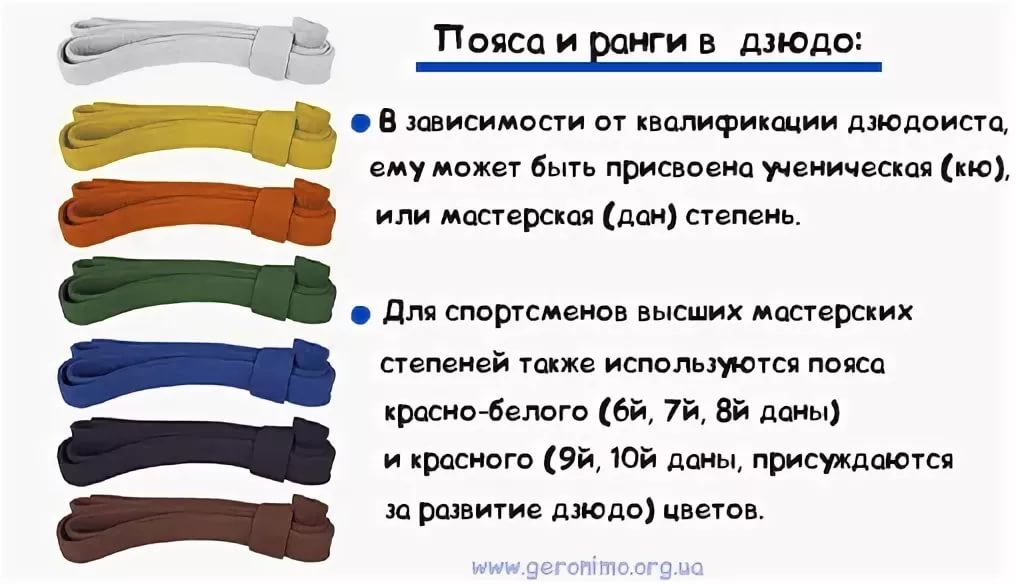
How can you show your child that persistence pays off? After all, he won’t receive feedback in the form of encouragement for success until he’s 18 or not at all!? Not everyone can be a winner all the time.
To indicate the level of skill, belts of different colors were introduced. The rank of student judokas was divided into six categories (kyu - sixth white, brown first), workshops into ten (dans).
Belt system in judo
White
A beginner ties himself up, starting the path of understanding judo.
IMPORTANT! Thus, the novice athlete demonstrates his readiness to follow the “flexible path.”

You need to tie your kimono with something, while there are no achievements and victories, but there is a prospect. A pawn in chess can become a queen by reaching the last square. Similarly, it is not shameful for a master to put on a white belt, zeroing out knowledge, showing a rethinking of the philosophical component of this sport.
The student is not yet given complex actions. But they have mastered movements, unbalancing, and the ability to perform self-insurance during falls.
Yellow
Indicates a level of fitness above the previous level. The adept withstood the stress of everyday training, and at the qualification exam showed the correct execution of basic techniques, the simplest attacking and defensive actions, and methods of controlling the enemy.
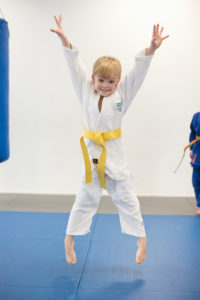
In addition to the physical aspect, the exam tests knowledge of terminology and culture of behavior. The study of counterattack actions begins.
Orange
It speaks of a serious level of preparation. A judoka (or otherwise judoka) regularly attends wrestling days, where he fights with colleagues from other clubs and competes.
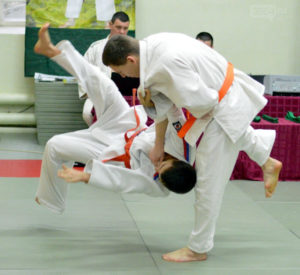
REFERENCE! At this stage, they finish studying the simplest, most commonly used techniques in combat.
Green
Involves learning advanced methods of fighting (with the danger of the student, his belt darkens). Choking is introduced into the program - the first component of the combat content of martial arts.
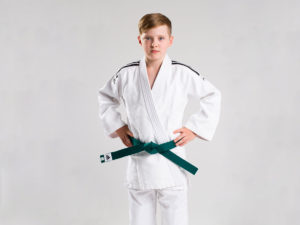
Judoka supports his comrades at tournaments, masters the basics of massage, and helps the coach organize classes for younger children.
Blue
Hints at the cold, proven skill of the performer. There is still the excitement of the previous stages, but emotions are under control.
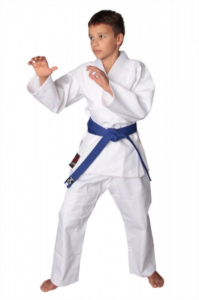
Knowledge of sophisticated techniques goes hand in hand with an in-depth study of the applied aspect. Candidates for master of sports and first-class athletes live here.
Brown
The last stage of cutting, which few reach. The arsenal does not contain complex attacks or fancy feints. A careful study of prohibited actions is allowed - traumatic in competition conditions, but effective in self-defense.
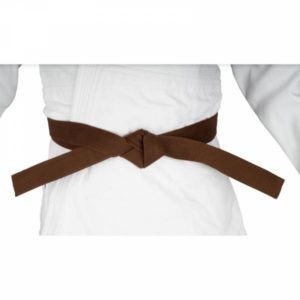
IMPORTANT! A representative of the “soft style” at this stage can freely compete with representatives of other contact martial arts and actively transfers experience to beginners. His title is CCM and Master of Sports.
Black belts in judo
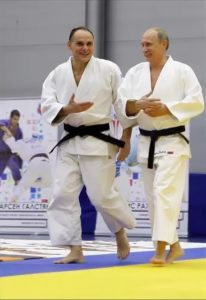 Next, black belts are awarded - master level.
Next, black belts are awarded - master level.
1 - 5 dans
Students from the first to the fifth continue to pass qualification tests, undergo retraining, and participate in seminars.
The exam includes additional questions for the test taker. It is required to demonstrate ancient kata, and participation in tough battles with other applicants (at the request of the organizers, with examiners) is obligatory.
IMPORTANT! The founder argued: the first is only the beginning of judo, there is a lot of work ahead.
There is an unspoken fashion - newly minted Danes love to flaunt custom-made belts with their surname embroidered in hieroglyphs. Veterans can be identified by their faded, tattered gray stripes.
Honored coaches and international masters of sports reach this stage.
6 - 8 dans
The sixth dan belts are red and white striped. They are awarded as a reward for their contribution to the development of martial art, pedagogical success, judicial and propaganda activities.
The title of Honored Master of Sports will not make you the owner of the coveted belt. Traditionally, senior dans cannot be assigned to a young person - length of service is taken into account.
9 - 10 dans
The chosen ones reach the ninth and tenth dan. The red belt symbolizes the mastery that has entered the flesh and blood.
The founder himself, Jigaro Kano, was 10th dan, but wore plain white, serving as an example of modesty.
IMPORTANT! Kano did not rule out the possibility of someone reaching the level of 11th and 12th dan, being an adherent of the limitlessness of human capabilities.
At the moment, this title is vacant - why not try?!


 0
0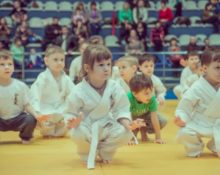
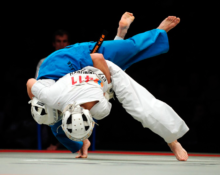

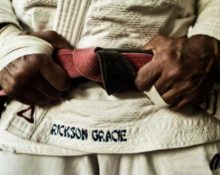



Actually, Jigoro Kano had 12 dan, now you can’t get 11 and 12 dan